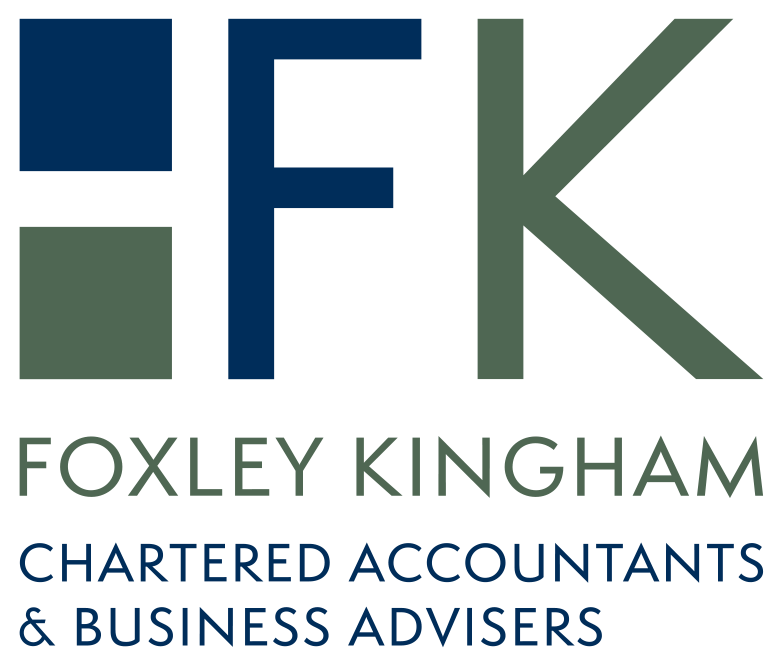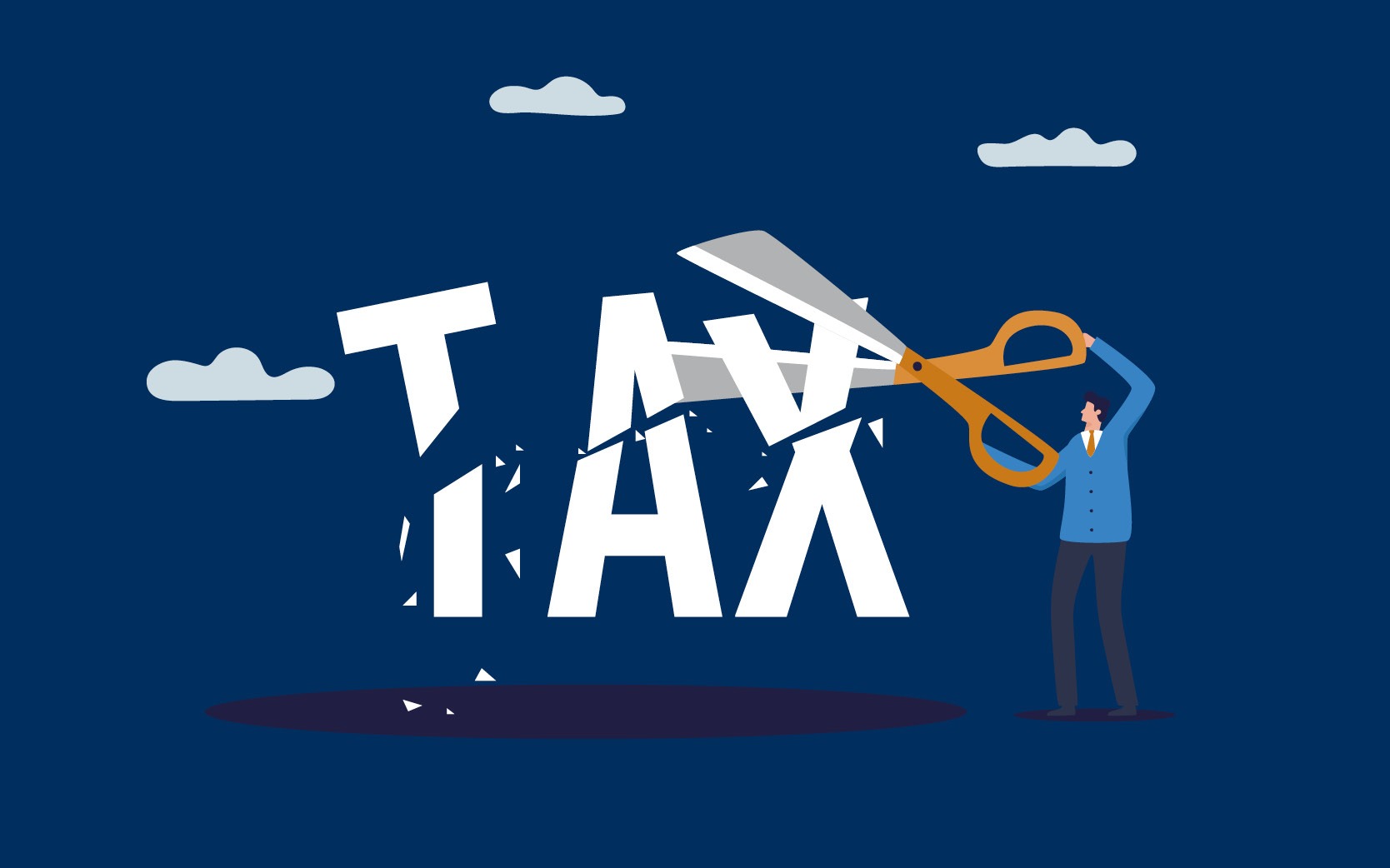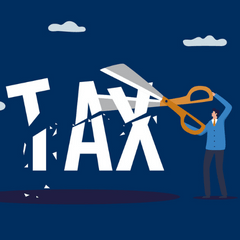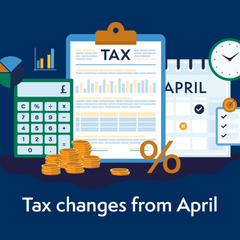Many UK businesses are missing out on claiming capital allowances tax relief on commercial property they own or invest in.
The legislation surrounding capital allowances is complex and many tax advisors and solicitors are not fully confident guiding clients in these areas.
We’re here to help you.
Our specialist partner for commercial tax reliefs
Foxley Kingham work with Gio Goggioli, Senior Associate for Tax Incentives and Reliefs, who is a specialist in capital allowances at UK Markel and R&D tax relief.
Businesses need specialist support for both R&D and capital allowances relief
Recently, in partnership with Gio, we published a Buyer’s Guide on what companies should look for when sourcing an agent to help them claim tax relief related to their research and development activity correctly.
In the Buyer’s Guide, we explain the reasons why it’s vital that any firm looking to claim R&D relief deal only with reputable R&D tax agents to help them make correct applications.
Beware of working with non-specialists for R&D and capital allowances tax relief
It’s not enough to just have an accountant when it comes to these specialist areas. Your accountant, or tax advisor must either be, or work with, a specialist not only in your sector but in that specific area of tax relief. At Foxley Kingham, we want to help businesses claim everything they’re entitled to when it comes to tax relief, incentives and benefits. Crucially, we want to help you claim correctly and protect you from future liabilities.
The lowdown on capital allowances
It’s not hard to see why there are historic underclaims in this complex area of tax relief – due to a lack of understanding or application of the legislation and case law governing the availability of the relief. We will always recommend you speak to us or a specialist tax advisor before you proceed with a claim or decisions affecting the valuation, purchase or sale of any commercial property.
Here are the current basics of capital allowances.
What are capital allowances?
Capital allowances are a deduction against taxable profits for qualifying spend on assets. The rules relating to properties present a particular set of problems due to their complexity; not everything is claimable and there are specific rules for properties. For example, it is not possible to claim capital allowances on residential properties, nor the actual building or structural aspects of a commerical property, e.g., floors, roof, walls.
However capital allowances on commercial properties are still available in a number of forms if the spend meets the rules for qualifying plant and machinery or integral features, such as electrical and cold water systems, lifts, air conditioning and many other items commonly found in commercial buildings. This is relatively easy to identify if assets have been individually purchased, but less so if they are already incorporated in a building already owned. This is where it can be really beneficial to use an expert, a knowledgeable surveyor will be able to assess the value of qualifying assets incorporated within a building, even if you don’t know the original itemised cost.
Who can claim capital allowances tax relief?
- Any company, individual, partnership or trust who owns commercial property or a furnished holiday let
- A commercial property owner with significant expenditure on construction or extension works, or refurbishments/s to commercial property
There are certain hurdles that must be cleared before capital allowances can be claimed. However, once these conditions are satisfied, then large percentages of the cost of a construction, refurbishment or even fit-out projects, as well as the acquisition cost of a property, could attract the tax relief.
Where it’s overlooked?
If you have held the property for some time but never made a claim, you may already be missing out. In addition in 2011 the rules changed and since then allowances must be agreed as part of the purchase contract in order to be claimed. Lack of knowledge by conveyancers, misunderstandings, or commercial pressures to get the deal done, can lead to missed relief.
The answers provided to the normal Commercial Property Standard Enquiries (CPSEs) are often insufficient to determine the potential capital allowances available to a purchaser and requires a specialist perspective. This together with the commercial pressures can often result in capital allowances being overlooked.
The current rules;
- Fixed value – within two years of the purchase, the seller and purchaser must agree the amount of the purchase price apportioned to fixtures, by entering a joint election or applying to the first-tier tribunal.
- Pooling requirement – the seller must stipulate they’ve ‘pooled’ expenditure on fixtures before the sale and included the assets in their capital allowance figures. If not, HMRC will deem the value as nil and the purchaser will not be able to claim any capital allowances.
Fixtures value affects the valuation and sale price
A purchaser will wish the fixtures value to be higher than the seller wishes them to be, so it’s important this is agreed at the time of sale negotiations. It is extremely problematic to put an agreement in place post-sale/purchase.
If a purchaser is not able to claim capital allowances on a property, the future sale price could be affected. If you’re a seller, you will also want to ensure the agreement is made since if the price for fixtures is not fixed, HMRC may deem balancing charges are liable on the sale.
What typical ‘fixture’, or plant and machinery, and integral features can be claimed?
- Water and space heating systems, ventilation and security systems
- Gas installations
- Electrical systems, such as lifts and machinery
- Lighting and electrics
- Fire extinguishers
- Carpets and kitchen fittings
Are there any other allowances?
Buildings and structures allowance has been available since 2018. If you have built or renovated a commercial structure used for a qualifying activity since then, you can claim a modest 3% of the construction cost, even if you do not own the building. Note though, if you sell the building in the future you will have to add the allowances claimed into your capital gains calculation.
When should you consider capital allowances?
As soon as possible. The time limits for capital allowances are different to other types of relief and there are no retrospective claims possible, but you can bring qualifying expenditure into account in the current year. So, it’s best to seek advice as early as possible.
Seek early advice
Early advice can greatly increase the amount of capital allowance you’re able to claim now and going forward, since decisions and agreements on price affect the future of claims. In construction and refurb projects, capital allowances can be ‘designed in’ through construction choices and contract wordings.
We strongly advise anyone owning, or considering owning, constructing or refurbishing commercial property to get in touch. Foxley Kingham and our specialist partners on capital allowances are here to help you.











